
Japanese Art Exploration: Best Spots to Enjoy Art in Japan
Japan is a country rich in artistic heritage, from centuries-old traditional crafts to modern, innovative installations. Whether you’re fascinated by ancient ink paintings, Edo-period woodblock prints, or contemporary digital art, Japan offers a myriad of opportunities to experience art in all its forms. Major cities like Tokyo and Kyoto house world-renowned art museums and galleries, while rural regions boast unique art installations that blend seamlessly with nature. Exploring Japan’s art scene is an immersive journey that reveals the depth of Japanese creativity and cultural expression.
This guide highlights the best places in Japan to explore various art forms, showcasing traditional and modern works. Whether you’re an art enthusiast or a curious traveler, these destinations will offer you a rich appreciation for Japanese artistry.
Contents
1. Art in Tokyo: Museums and Modern Galleries
2. Kyoto: Traditional Art and Cultural Heritage
3. Naoshima: The Art Island of Japan
4. Kanazawa: Blending Art with Nature
5. Nara: Ancient Temples and Buddhist Art
1. Art in Tokyo: Museums and Modern Galleries
Tokyo, Japan’s bustling capital, is home to some of the country’s most prestigious art institutions. From traditional art galleries to contemporary art museums, Tokyo offers an impressive variety of spaces to explore. A must-visit is the Tokyo National Museum in Ueno Park, which showcases a vast collection of Japanese art, including ancient samurai armor, traditional scroll paintings, and ceramics. It’s one of the best places to gain an understanding of Japan’s art history.
For modern art lovers, The National Art Center, Tokyo and Mori Art Museum in Roppongi are highly recommended. The National Art Center is known for its striking architecture and rotating exhibits that highlight both Japanese and international contemporary artists. Meanwhile, Mori Art Museum is famous for its panoramic city views and thought-provoking installations. Tokyo also boasts numerous smaller galleries, such as 3331 Arts Chiyoda, which focuses on avant-garde and experimental works by emerging Japanese artists.
2. Kyoto: Traditional Art and Cultural Heritage
Kyoto, the cultural heart of Japan, is renowned for preserving Japan’s traditional art forms. Visitors can explore Kiyomizu-dera Temple, a UNESCO World Heritage site famous for its exquisite architecture and breathtaking views, which have inspired countless artists for centuries. Kyoto is also home to Kyoto National Museum, where you can see an impressive collection of Buddhist sculptures, calligraphy, and Japanese paintings from the Heian to Edo periods.
For those interested in traditional crafts, Kyoto’s Nishijin Textile Center offers insights into the art of kimono making and silk weaving. The city’s Gion district is another treasure trove for art lovers, featuring galleries that focus on ukiyo-e (woodblock prints) and traditional tea ceremony implements. Kyoto’s blend of historic sites and cultural institutions makes it a must-visit for anyone interested in Japan’s classic art forms.
3. Naoshima: The Art Island of Japan
Naoshima, often referred to as Japan’s “art island,” is a small island in the Seto Inland Sea renowned for its contemporary art museums, installations, and outdoor sculptures. Developed with the support of the Benesse Corporation, Naoshima has become an internationally recognized art destination. Key sites include the Chichu Art Museum, designed by architect Tadao Ando, which houses works by artists such as Claude Monet, James Turrell, and Walter De Maria.
The Benesse House Museum is another major attraction, seamlessly integrating art with the island’s natural landscape. Outdoor installations, like Yayoi Kusama’s iconic polka-dotted pumpkins, can be found along the beach, providing a perfect blend of art and nature. Naoshima is a unique experience for art lovers and a testament to the power of art in transforming a community.
4. Kanazawa: Blending Art with Nature
Kanazawa, a historic city on the Sea of Japan coast, offers a fascinating mix of traditional and modern art. The 21st Century Museum of Contemporary Art is a highlight, featuring installations and exhibitions by both Japanese and international artists. Known for its circular, transparent design, the museum creates an inviting space where visitors can freely explore contemporary works.
Kanazawa is also famous for Kenrokuen Garden, one of Japan’s most beautiful landscape gardens, which embodies the Japanese aesthetic of harmony with nature. Nearby, the D.T. Suzuki Museum offers a reflective space dedicated to Zen philosopher D.T. Suzuki, with minimalist architecture and a water garden designed for contemplation. Kanazawa’s dedication to integrating art with its natural and historical surroundings makes it a rewarding destination for art and culture enthusiasts.
5. Nara: Ancient Temples and Buddhist Art
Nara, Japan’s ancient capital, is home to some of the oldest and most significant Buddhist art in the country. The city’s iconic Todai-ji Temple houses the Great Buddha, a massive bronze statue dating back to the 8th century. The temple complex includes various halls and pagodas, where visitors can see intricate carvings and Buddhist statues, many of which are designated national treasures.
Another notable site is Horyu-ji Temple, the oldest wooden structure in the world and a UNESCO World Heritage site. Horyu-ji offers insights into Japan’s early Buddhist art and architecture, with sculptures and murals that showcase influences from China and Korea. Exploring Nara’s temples and shrines provides a deep understanding of Japan’s religious and artistic heritage, making it a pilgrimage for anyone interested in ancient art forms.
6. Aomori: Modern Art in Nature
Aomori, in northern Japan, is home to several unique art destinations that celebrate modern art in natural settings. The Aomori Museum of Art is known for its large-scale exhibits, including works by Yoshitomo Nara and Marc Chagall’s “Aleko” ballet sets. The museum’s minimalist design harmonizes with the surrounding landscape, creating an open and reflective space for art appreciation.
Nearby, the Shirakami-Sanchi mountains, a UNESCO World Heritage site, offers an opportunity to experience art within the context of Japan’s natural beauty. The annual Aomori Nebuta Matsuri festival also features enormous illuminated floats, blending traditional craftsmanship with contemporary design. Aomori’s combination of modern art, scenic landscapes, and unique festivals makes it an inspiring place for art lovers.
7. Conclusion: Embracing Japan’s Artistic Spirit
Exploring Japan’s diverse art scene is a journey through history, nature, and cultural expression. From Tokyo’s contemporary galleries to Kyoto’s traditional crafts, each region offers a unique perspective on Japanese art. Naoshima’s innovative installations, Kanazawa’s integration of art and nature, and Nara’s ancient temples showcase the range of Japan’s artistic spirit.
Whether you’re drawn to the minimalist beauty of Zen gardens or the vibrant colors of modern installations, Japan’s art destinations promise an enriching experience. These sites not only display artistic works but also reflect Japan’s cultural heritage, innovation, and reverence for nature. Embrace Japan’s art scene to gain a deeper appreciation for the creativity and traditions that define this remarkable country.
Share
You may also like
-

Visiting Japan’s Love Hotel Districts: What to Expect
Japan’s love hotel districts are famous for their unique and fascinating blend of privacy, creativity, and a touch of...
-

Top 10 Late-Night Dining Spots in Tokyo’s 24-Hour Cafes
Tokyo’s vibrant nightlife extends well beyond bars and nightclubs, with a thriving late-night dining culture tha...
-
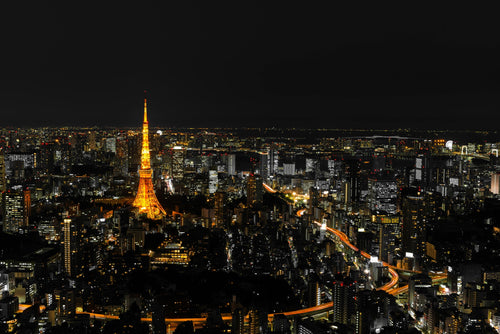
Best Night Tours in Tokyo for After-Dark Adventures
Tokyo’s nightlife is renowned for its energy, vibrancy, and unique blend of traditional and modern experiences. From ...
-
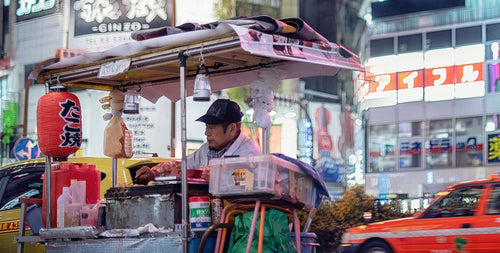
Japan’s Late-Night Food Culture: 8 Best Street Eats
Japan’s late-night food culture is a vibrant experience, especially in bustling cities like Tokyo and Osaka, where de...
-
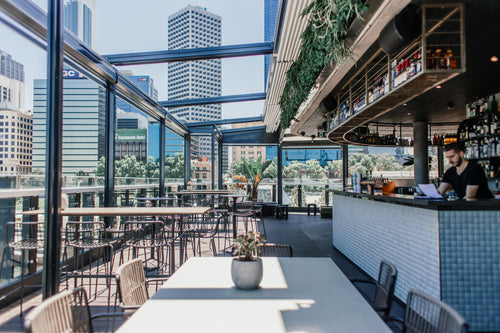
7 Rooftop Bars in Tokyo for Stunning Views
Tokyo’s rooftop bars offer some of the best ways to soak in the city’s skyline while enjoying drinks, atmosphere, and...
-

10 Best Nightclubs in Tokyo for Dancing and Music Lovers
Tokyo's nightlife is renowned for its variety and energy, with nightclubs that range from high-energy dance floors to...
-

8 Themed Bars and Cafes You Need to Visit in Tokyo
Tokyo is famous for its creative and quirky themed bars and cafes, offering immersive experiences for locals and...
-

Tokyo Nightlife Guide: Shinjuku, Shibuya, and Roppongi Highlights
Tokyo’s nightlife is legendary, offering a mix of vibrant energy, entertainment, and unique experiences in some of it...
-
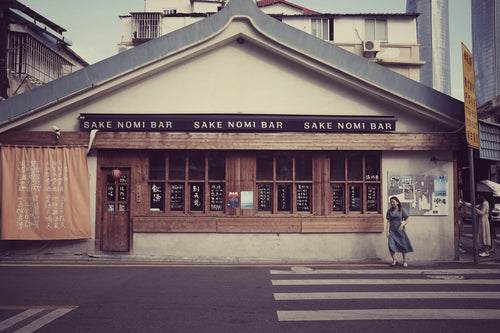
7 Best Japanese Sake Bars in Tokyo
Tokyo is home to some of Japan’s best sake bars, offering both locals and visitors an opportunity to explore the...
-
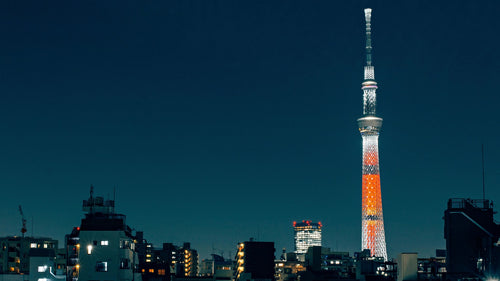
Top 6 Observation Decks in Tokyo for Scenic Views
Tokyo’s observation decks offer some of the best panoramic views of the city, giving visitors a chance to see th...
-
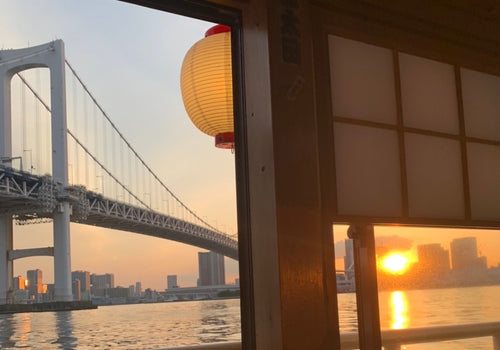
Night Cruises in Tokyo: Enjoy the City Views
Tokyo’s skyline is mesmerizing at any time, but experiencing it from the water on a night cruise adds a magical ...
-
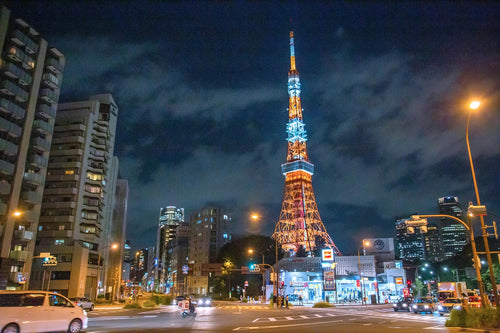
Roppongi Art and Nightlife Guide
Roppongi is one of Tokyo’s most vibrant districts, known for its lively nightlife, sophisticated art scene, and ...
-
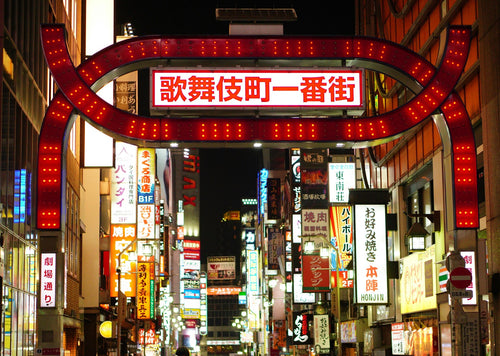
Nightlife Guide to Shinjuku Kabukicho
Shinjuku’s Kabukicho district, known as Tokyo’s “Sleepless Town,” is the center of nightlife in Tokyo. Renowned ...
-
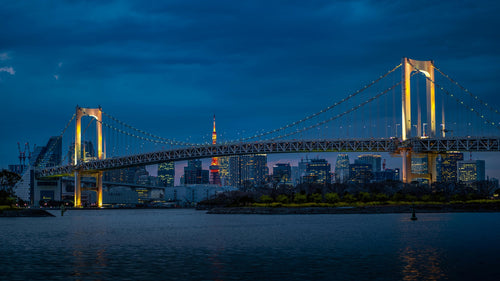
6 Best Night View Spots in Tokyo
Tokyo at night is a breathtaking spectacle, with illuminated skyscrapers, iconic landmarks, and bustling streets that...
-
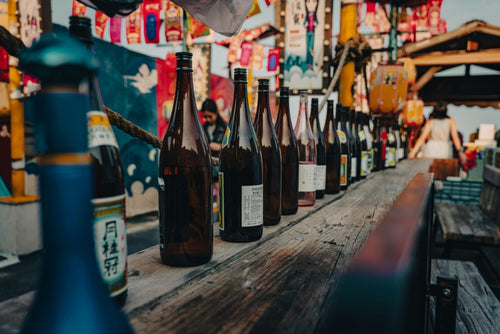
Top 12 Sake Breweries in Japan for Tasting and Tours
Japan’s sake culture is celebrated around the world for its depth, complexity, and rich history. Sake, or nihons...
-
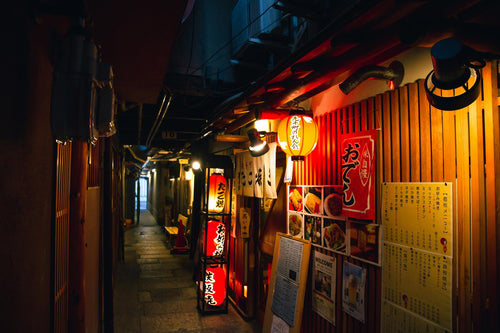
How to Enjoy a Night at a Japanese Izakaya
Japanese izakayas are casual, lively spots where locals gather after work to enjoy drinks, share small plates, a...
-

Exploring Karaoke Culture in Japan: 8 Best Places to Sing
Karaoke is an integral part of Japanese culture, offering a fun and entertaining way for friends, family, and even co...
-
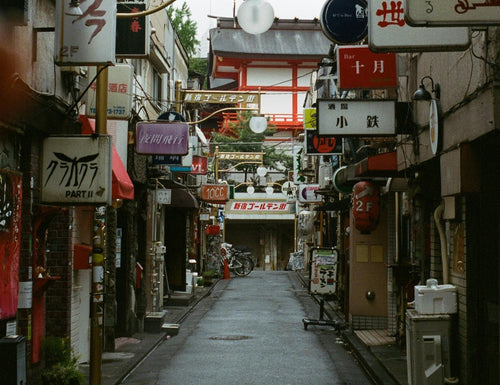
5 recommended bars in Golden Gai
Golden Gai, nestled in the heart of Tokyo’s Shinjuku district, is one of the city’s most iconic bar districts. Known ...
-
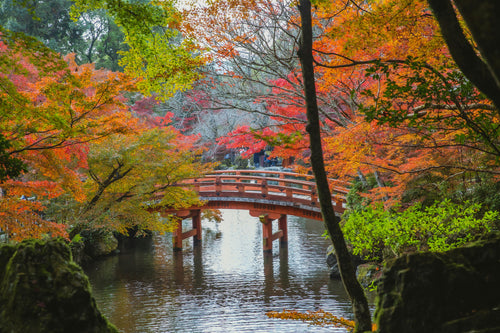
10 Japanese Gardens You Should Visit for Tranquility
Japanese gardens are renowned for their beauty, tranquility, and intricate designs that reflect harmony with nature. ...
-
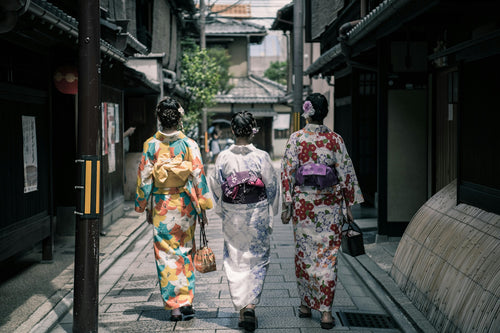
Japan’s Kimono Heritage: Symbolism, Style, and Where to See
The kimono, Japan’s traditional garment, is a beautiful and symbolic representation of Japanese culture. From its int...
-
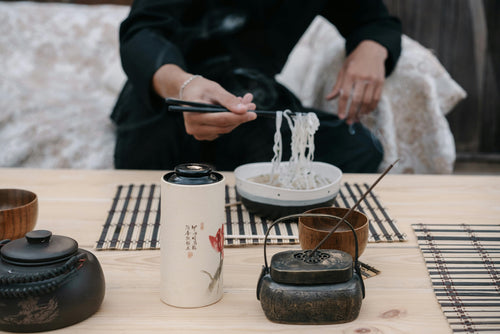
Etiquette Essentials for Visitors to Japan
Japan’s culture is rich in respect, politeness, and consideration, making etiquette an essential part of daily l...
-

7 Best Places to Discover Japan’s Samurai History
Japan’s samurai history is one of honor, skill, and deep cultural influence, stretching back centuries and leaving an...
-
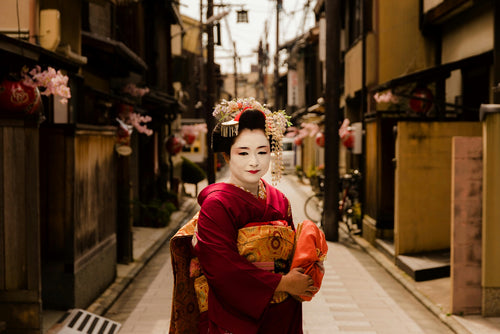
Geisha Culture in Japan: Myths and Realities
The world of geisha, Japan’s skilled performers and keepers of traditional arts, has long intrigued people around th...
-
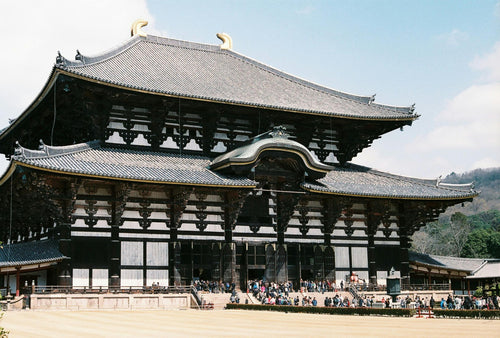
Japan’s Unique Architecture: Top 8 Traditional and Modern Landmarks
Japan is renowned for its unique blend of ancient architectural heritage and cutting-edge modern designs. From c...
-
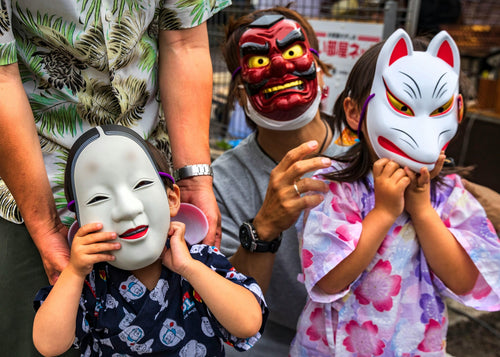
10 Traditional Japanese Festivals (Matsuri) You Can’t Miss
Japanese festivals, or *matsuri*, are vibrant celebrations of cultural heritage, featuring elaborate costumes, l...
-
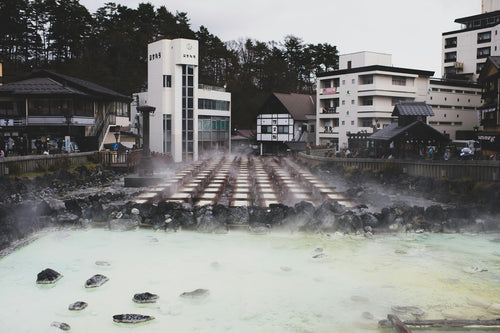
Japan’s Three Great Onsen: A Guide to Famous Hot Springs
Japan is famous for its natural hot springs, or *onsen* (温泉), offering visitors a unique opportunity to relax and rej...
-

Guide to Japan’s Fireworks Festivals: When and Where to Go
Japan’s summer fireworks festivals, known as "hanabi taikai" (花火大会), are among the most anticipated events in th...
-
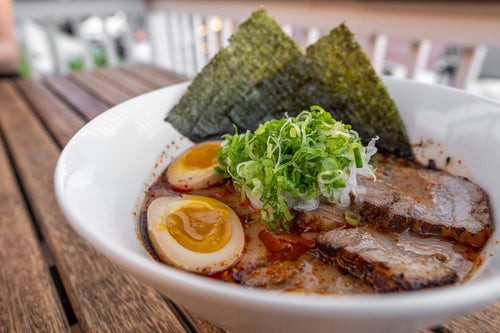
Where to Experience Ramen-Making Classes in Japan
Ramen is one of Japan’s most beloved dishes, with countless regional styles and flavors that attract food lovers from...
-
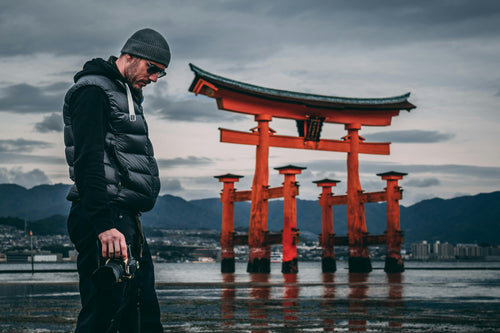
Power Spot Tours: Japan’s Famous Temples and Shrines
Japan is a land steeped in spiritual history, and visiting its temples and shrines provides not only a glimpse i...
-
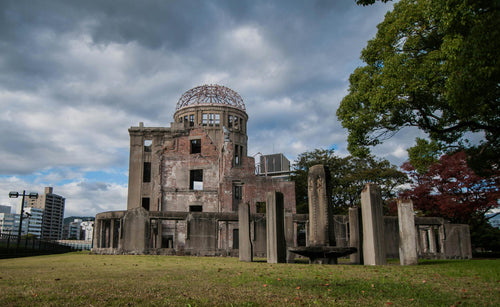
UNESCO World Heritage Site Tour Guide in Japan
Japan is home to numerous UNESCO World Heritage Sites, each offering a glimpse into the country’s rich cultural herit...
-
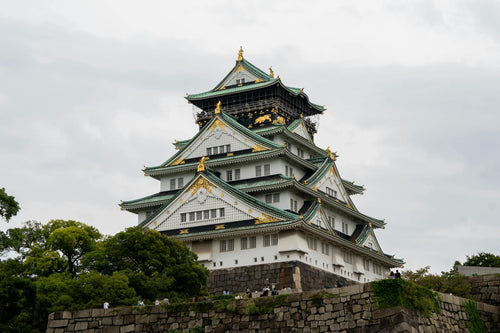
5 Famous Japanese Castles: History and Highlights
Japan is home to some of the most beautiful and historically significant castles in the world. Built during the feuda...
-
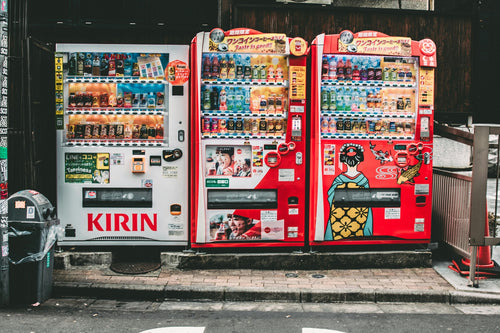
10 Unique Drinks to Try from Japanese Vending Machines
Japan is famous for its vending machines, offering an incredible variety of drinks that go beyond just soft drinks an...
-
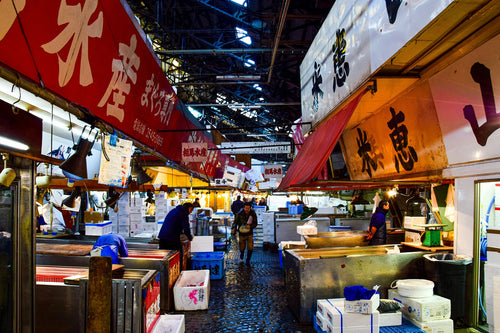
Tokyo Market Guide: Exploring Tsukiji and Toyosu Markets
Tokyo's Tsukiji and Toyosu Markets are must-visit spots for food lovers and anyone interested in Japan’s rich culinar...
-

Experiencing Traditional Tea Ceremony in Tokyo
The Japanese tea ceremony, or "chanoyu," is a cultural experience steeped in tradition, aesthetics, and mindfulness....
-
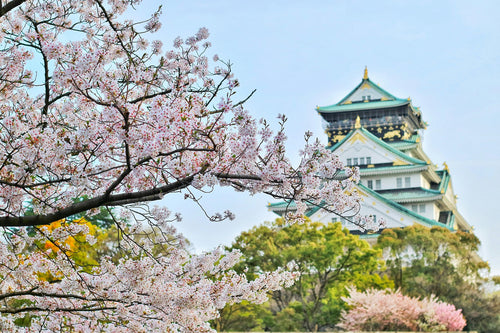
Top 7 Cherry Blossom Viewing Locations in Tokyo
Springtime in Tokyo is synonymous with the cherry blossom season, a breathtaking period when the city’s parks, rivers...
-
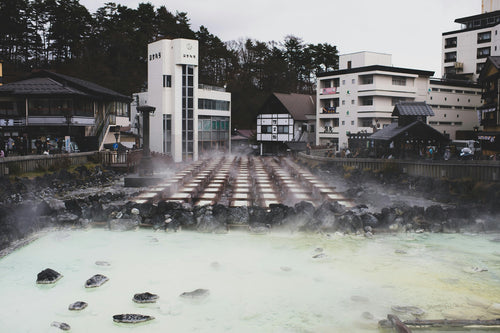
What is Onsen? A Guide to History, Benefits, and Etiquette
Onsen, Japan’s cherished hot spring culture, offers a unique blend of relaxation, scenic beauty, and deep-rooted trad...
-
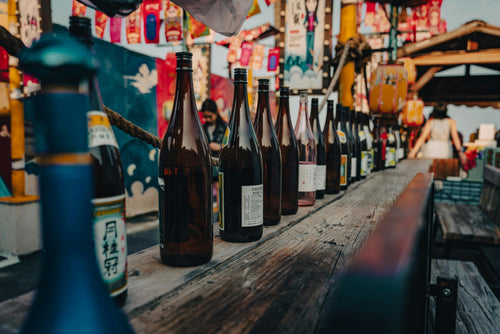
What is Sake? Its Production Method and History
Sake is a traditional Japanese alcoholic beverage made from fermented rice. It has been enjoyed in Japan for over a t...
-
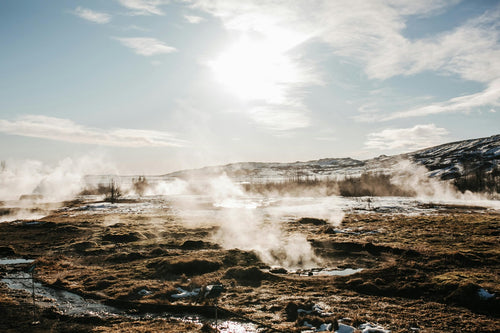
8 hot springs with beautiful scenery near Tokyo
Tokyo is a bustling metropolis, but just outside the city are some of Japan's most serene hot springs, or onsens, off...
-

Top 10 museum to visit in Tokyo
Tokyo is home to a diverse range of museums that cater to all interests, from art and history to technology and pop c...
-
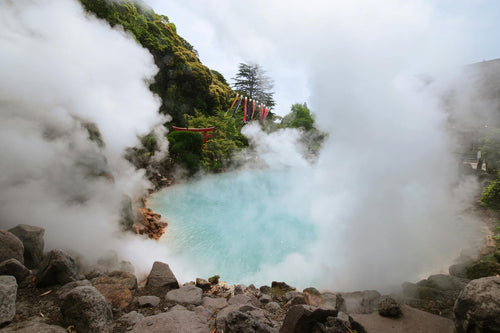
9 Best Hot Spring and Bathhouse in Tokyo
Tokyo is known for its vibrant urban energy, but it's also a fantastic place to relax and rejuvenate in hot springs (...
-
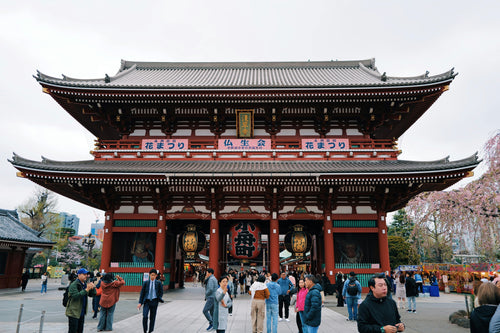
15 Famous Temples and Shrines to Visit near Tokyo
Tokyo and its surrounding areas are home to many famous temples and shrines that showcase Japan's rich spiritual and ...









































